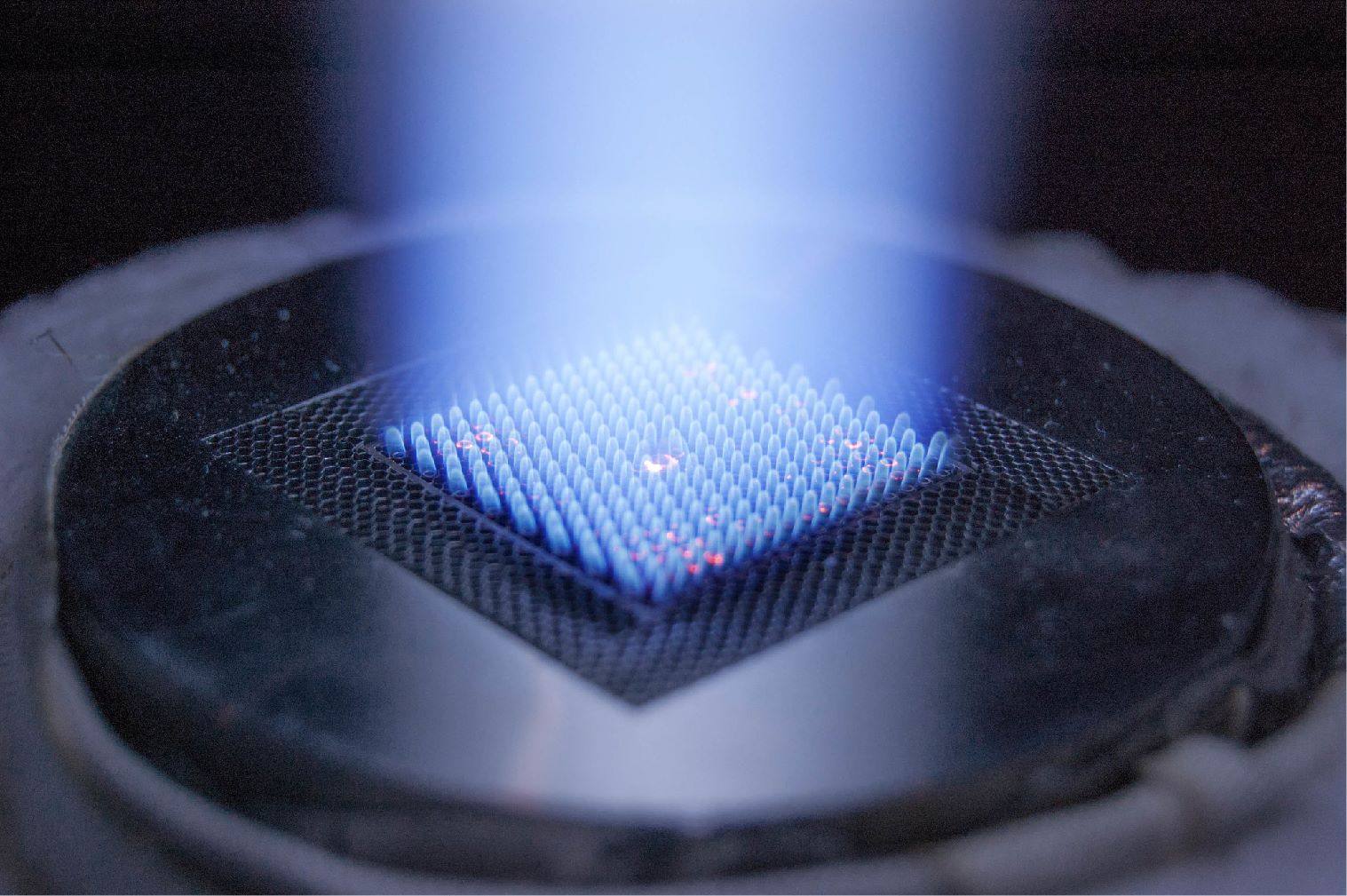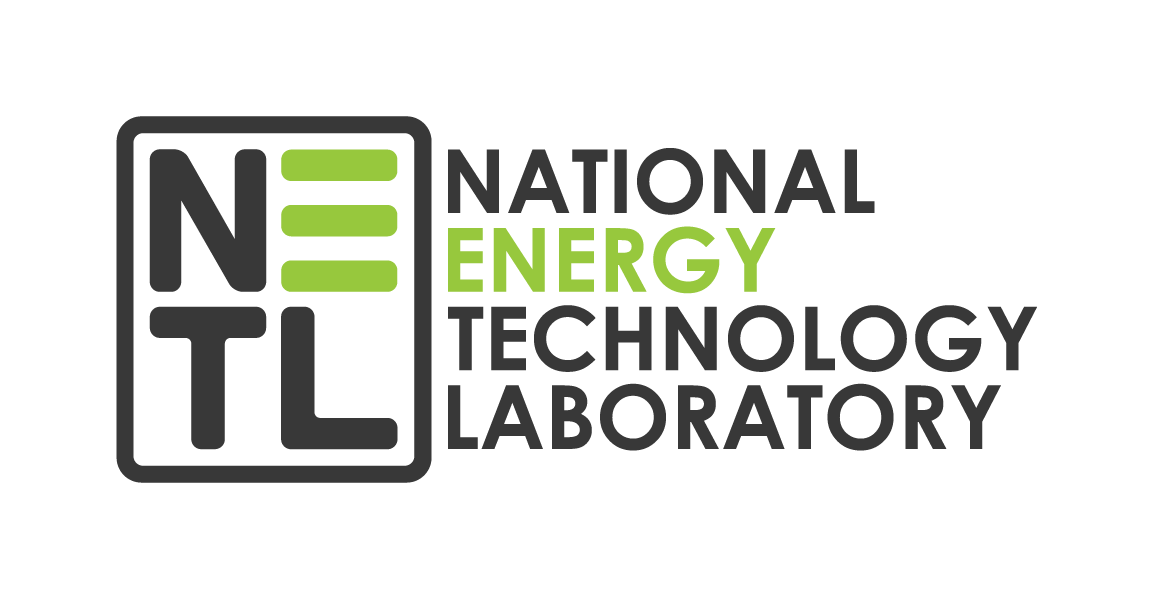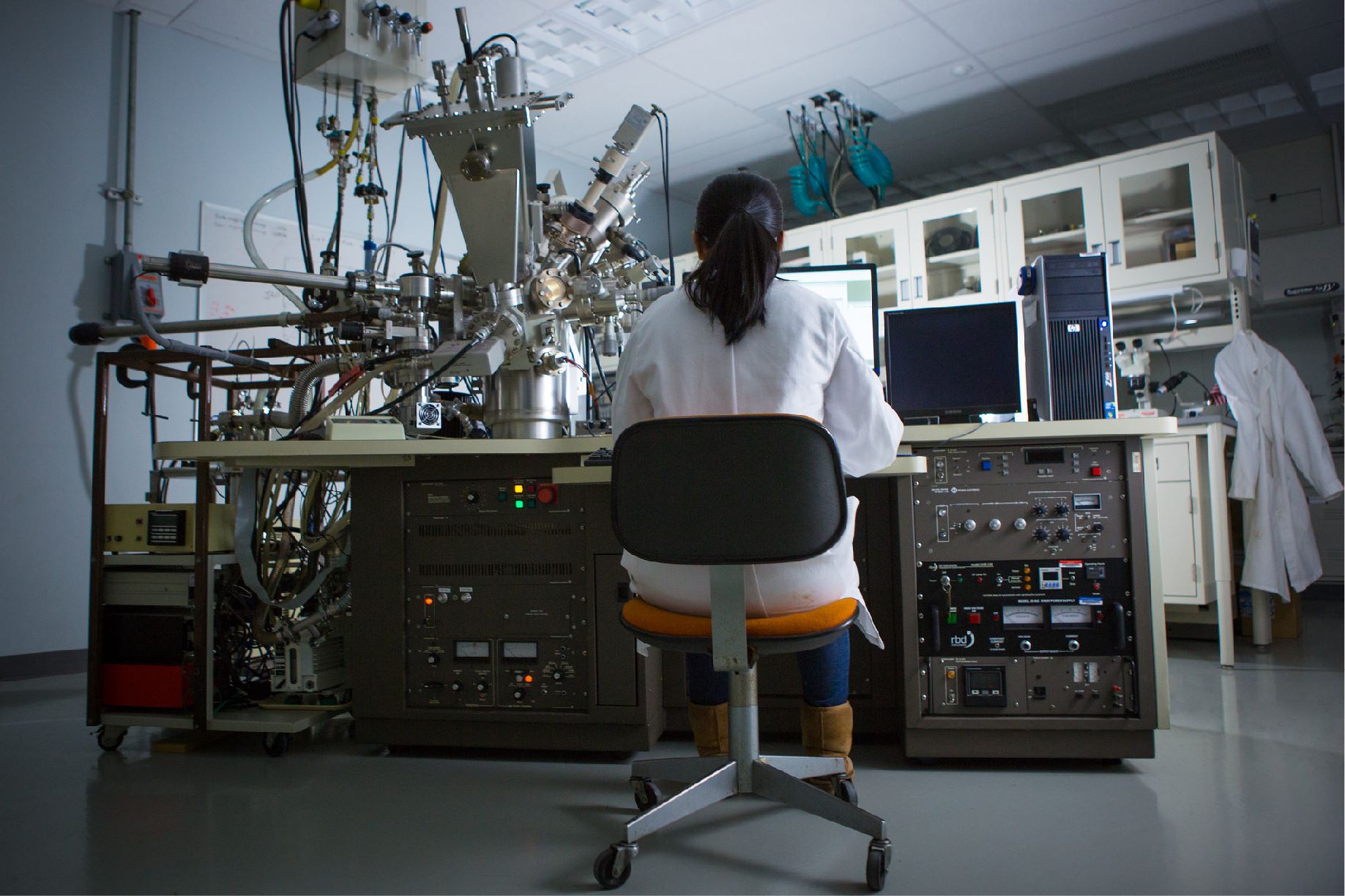Numerical Studies for the Characterization of Recoverable Resources from Methane Hydrate Deposits
Project Number
FWP-FP00008138
Last Reviewed Dated
04/20/2023
Goal
The overall objective of this effort is to further enhance earlier-developed numerical simulators and to use them to perform studies on the characterization and analysis of recoverable resources from gas hydrate deposits, the evaluation of appropriate production strategies for both permafrost and marine environments, the analysis of the geomechanical behavior of hydrate-bearing sediments in addition to providing support for DOE’s hydrate-related activities and collaborative projects and evaluation of the stability of permafrost-associated hydrates, and other hydrates potentially affected by ocean warming.
Performer(s)
Lawrence Berkeley National Laboratory (LBNL) - Berkeley, CA 94720
Background
Methane hydrates are solids in which water forms a rigid lattice containing a guest molecule, methane. They occur ubiquitously along the continental shelves and slopes throughout the world, as well as in subduction zones in the Pacific, the abyssal depths of the Gulf of Mexico, the Caribbean, and in on-shore permafrost regions. The concentration of methane per unit volume of water can be very large; 1 cubic meter (m3) of fully saturated hydrate contains 164 m3 of methane gas at standard temperature and pressure.
Current estimates of the worldwide quantity of hydrocarbon gas hydrates range between 1015 m3 and 1018 m3. Even the most conservative estimates of the total quantity of gas in hydrates may surpass (by a factor of two) the energy content of the total fuel fossil reserves recoverable by conventional methods. The magnitude of this resource could make hydrate reservoirs a substantial future energy resource. Although the current energy economics cannot support gas production from hydrate accumulations, their potential demands evaluation.
This effort will continue prior LBNL studies on the characterization and analysis of recoverable resources from gas hydrate deposits with a current focus primarily on the planning of future production field tests in Alaska, and an analysis of post-production hazards.
Impact
The research will support the hydrate scientific community by making available the fastest and most advanced numerical simulation capabilities for the solution of the difficult problems of stability, characterization, and gas recovery from methane hydrate deposits. Additionally, it will allow researchers to recommend production strategies and well designs to enable gas production from a wide variety of hydrate-bearing geologic settings and methods to alleviate potential geomechanical problems related to gas production.
Accomplishments (most recent listed first)
Budget Period (BP) 5
- Initiated investigation of the environmental impact of changine climate conditions on permafrost and hydrate systems on continental shelves
Budget Period 4
- Completed simulations of overall system behavior for the Alaska production field test focused on multiple water control and depressurization/production strategies, including step-wise and linear depressurization to different final target pressures and investigation of the reservoir response to multiple shut-ins over the course of long-term production
- Completed testing and began full use use of a new parallel version of T+H which uses a modern, open-source parallel solver toolkit, that is scaleable across MPI parallel clusters, GPUs, and other modern architectures
- Completed enhanced simulations in support of the proposed Alaska hydrate production field test with a focus on a diverse set of simulations using very large grids and covering a wide range of reservoir properties, production strategies and well configurations
- Completed preliminary assessment of regions of interest for hydrate destabilization as part of planned investigation of the environmental impact of global warming on permafrost and hydrate systems on continental shelves
- Completed simulations describing the coupled flow, thermal, and geomechanical behavior for the reference case, using new drawdown schedule
BP 3
- Completed enhanced simulations of flow behavior and fluid production from proposed Alaska hydrate production field test.
- Completed analysis of sensitivity to flow properties, initial phase saturations (aqueous and hydrate), well placement and length, heterogeneity in the intrinsic permeability, heterogeneity in the hydrate saturation, geomechanical properties and other reservoir / system properties and parameters for proposed Alaska production field test.
- Initiation of investigations of realistic, complex 3D geologic scenarios for proposed Alaska hydrate production field test.
- Major upgrades to capabilities of TOUGH+HYDRATE (T+H) codes to better handle the needed speed, operational complexities, and critical output monitoring for the proposed Alaska hydrate production field test.
BP 2
- Completed initial study of the baseline (reference) case in the proposed Alaska production field test including production and geomechanical behavior.
- Wrapped up preliminary analysis of sensitivity to reservoir flow and thermal properties, production operational parameters, reservoir geomechanical properties and system 3D heterogeneity for proposed Alaska production field test.
- Completed updated versions of the serial and parallel versions of the T+H and T+H/Millstone codes including capabilities tailored for needs of planned long-term production test in Alaska.
- Contributed to completion of international code comparison study results publication through serving as lead on authoring results of one of the specific case studies.
BP 1
- Released latest version of the coupled T+H/Millstone flow-geomechanical simulators (documented in three papers in Transport in Porous Media).
- Lead one of five test problems for the International Gas Hydrate Code Comparison study, and contributed to the subsequent publication from the study.
- Created a machine-learning based multiphase properties representation for water-methane-hydrate system for consideration as a self-teaching reduced-order model.
- Initiated design support for a DOE field test on the Alaska North Slope.
- Published five new peer-reviewed papers and gave four presentations documenting FWP results.
Please see the project page for ESD12-010 to view accomplishments from previous, related efforts.
Current Status
BP4 activities under the project are largely complete and BP5 activities were initiated in October 2022. The focus of current simulation efforts are evaluating the impact of warming oceans on the magnitude and extent of hydrates at selected continental margins (Greenland and Antarctic margins) and the consequences of dissociation, as well as any associated releases of methane into the water column.



